Self-taught cook and MasterChef finalist Sarah Rankin believes in getting up close and personal with our food.
A Highlander, but now based in Perthshire, Sarah believes in having a close relationship with where your food comes from.
“I am not a chef,” declares Sarah, with a healthy dose of pride. “I’m very much at pains to point that out.
“I’m not trained, I’m self-taught – so I’m a cook, really.
“But I was around home-cooked food all the time.”
Need to ‘narrow gap’ between us and producers
Sarah’s cookbook, Kith, draws on the bountiful larder of Perthshire, Fife and Angus, showcasing what our local area has to offer.
It frustrates her to see the distance so many of us now have from our food, especially our meat and seafood.
“We’re so removed from our foods,” Sarah explains.
“My son is 18 years old and he’s been around home cooked food all his life yet still, he’s really weird about touching meat.
“We’re just moving further and further away from where our meat comes from and the people that rear it for us.
“We should have a much closer relationship with them.”
Sarah has a long list of local producers who she admires and buys from regularly.
Meat shouldn’t be bought from the supermarkets if possible, she says.
“So my point is if you go to source, go to your local estate – if you’re lucky enough to live in the country – or you go to your butcher.
“Every butcher, even an urban butcher, will have a game dealer contact. They will know someone who can get you game.
“It’s about educating yourself. We have this massive distance between ourselves and the people that eat our food and what we eat.
“And I would really just like to narrow that gap a bit.”
But it’s not just local game which she supports.
“There are amazing people doing amazing things with fruit in Angus,” says Sarah.
“Not just for berries, but people making chutneys, jams and preserves.”
Angus Alchemy, too, use seasonal berries for their Cranachan moonshine.
‘I think you should show me cutting the head off it…’
“There’s amazing seafood in Fife, in the East Neuk especially,” continues Sarah.
“My lobsters come from this great gal called Kate & Co Lobsters.
“Kate, like me, had a complete reassessment of her life after lockdown.
“She and her partner bought a boat and now they creel for lobsters.
“You just phone her up and she will come and deliver them – and she’ll cook them for you too.
“I know cooking lobster is not for everybody. I have done it once or twice…
“The process of it can be slightly alarming!”
Some – even others working in food and drink – can get twitchy about revealing the inner workings of preparing meat and seafood, says Sarah.
“Interestingly – this is a total tangent – but when I was on MasterChef, I made a seafood dish and I had a crab to prepare.
We should not be getting our food in plastic, polystyrene packets with plastic film on them. That is not what food looks like.”
“And there was huge debate, because I obviously used things like pigeon too.
“And they were always around me in a panic, like ‘what are we going to show? What are we not going to show?’
“I was like: ‘I think we should show all of it. I think you should show me cutting the head off it, I think you should show me gutting it.’
“Because that is totally normal. We should not be getting our food in plastic, polystyrene packets with plastic film on them. That is not what food looks like.
“But they wouldn’t show me cutting the head off a pigeon, or gutting a pigeon – although I had to do it so they could see I could do it – but they wouldn’t put it on camera.”
Seasonal eating is king, says Sarah Rankin
As well as closing that gap between us and local producers, Sarah promotes eating seasonally in her new cookbook.
“Kith has a seasonality list at the beginning of every chapter, so it tells you what’s in season,” says Sarah.
This is of course dependent upon where you are in the UK.
“And for Spring – between February and up to May – right now, you can get young nettles, which are amazing for soups and stews. They’re full of so many nutrients.
“Pick the ones from the top, ideally not on a heavily-used dog walking route,” she laughs.
“Other than that, we’re coming almost to the end of forced rhubarb season.
“You can get some beautifully pink forced rhubarb which makes beautifully sweet desserts.
“And Jerusalem artichoke, which aren’t hugely used.
“You wouldn’t find that in many supermarkets, but Gloagburn Farm Shop have it.”
The love language of food
As a cook who learned things on the fly, Sarah has made a point of putting together some essential recipes in Kith for all those starting off on their food journey.
“And I think having basic skills, and those firm foundations is stuff that I wish I had had – a little handbook – for when I was learning how to cook,” says Sarah.
“A lot of it was handed down from my mum and my granny and things like that.
“How to make pastry – not filo pastry, because only a maniac would try to make that… Puff pastry can be bought very affordably and works just as well as spending hours and hours laminating pastry yourself.
“How to make basic sauces too. Like a béchamel, and a Beurre blanc, and a good red wine sauce – and not to be scared of them!
“And I think if you have three or four of those sorts of things in your repertoire, you just feel more confident.
“You’ll think: ‘I’ve got something that will go with that, I know what I’m going to do.’
“So you might widen the kind of dishes that you cook because you’ve got an understanding of where the component parts will sit.”
Sarah firmly believes that food is the greatest gift you can give someone you love.
“I think the process of not even just cooking something, but inviting something into your home, planning, and wanting to give them the experience – and the feasting aspect of it – there’s no better way of showing someone how much you care about them, by taking that time.”
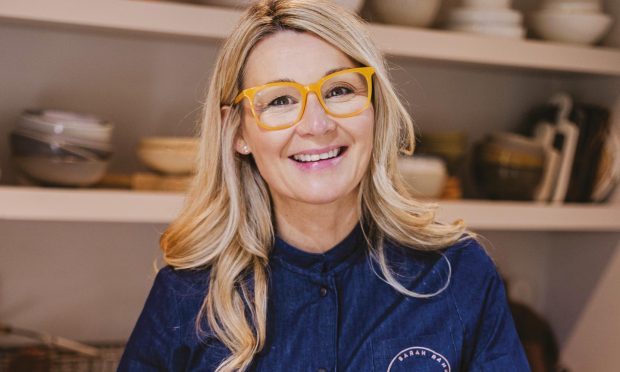
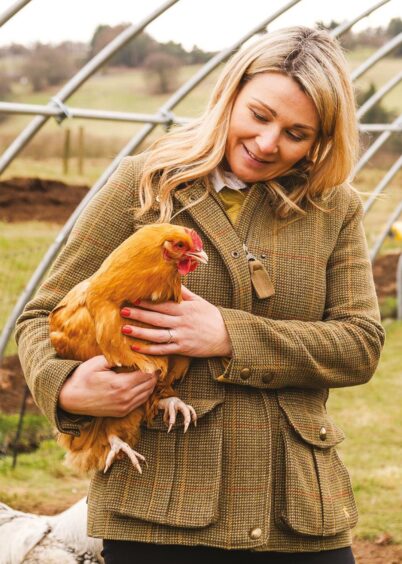

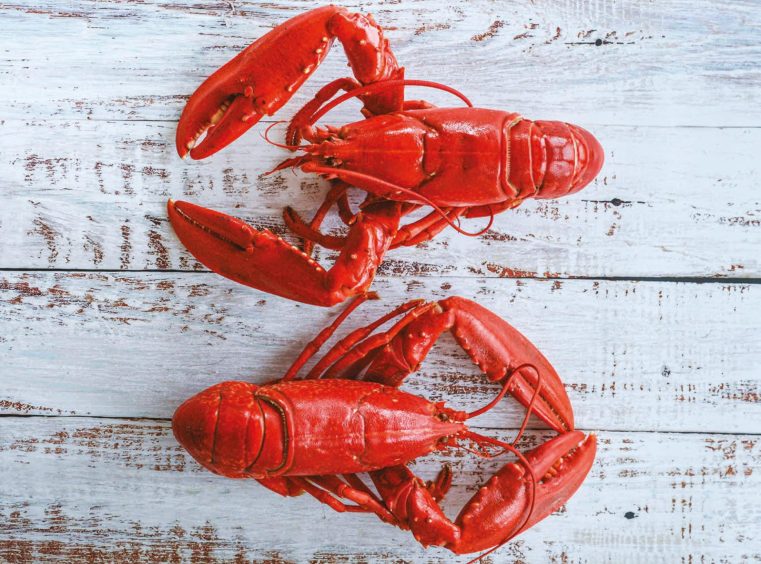
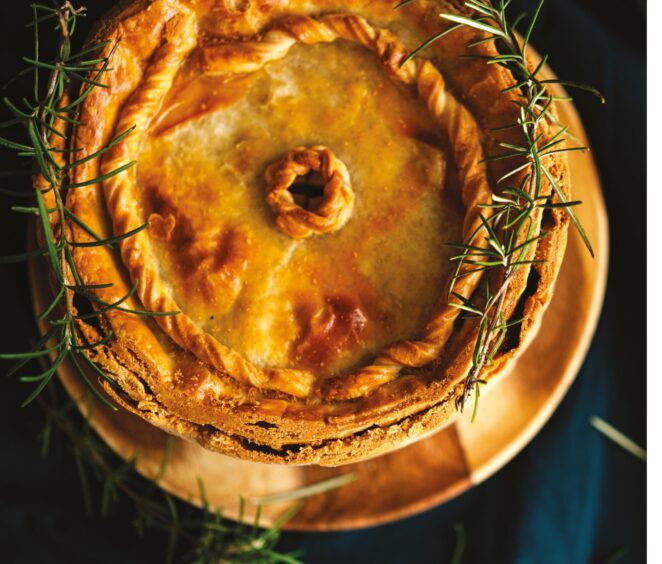
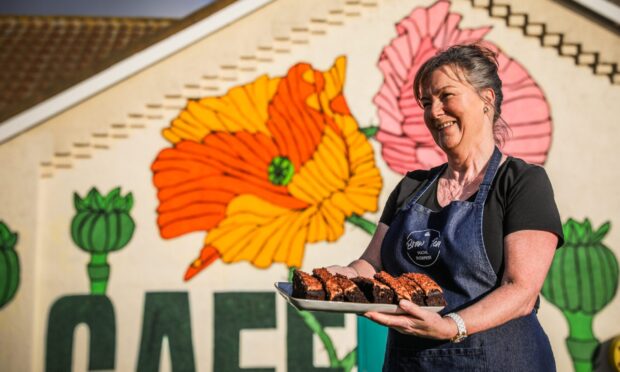
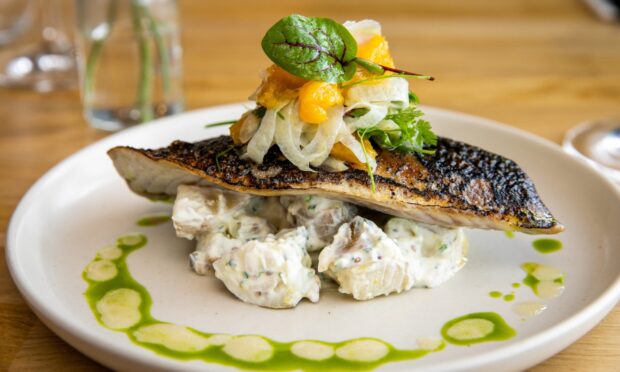
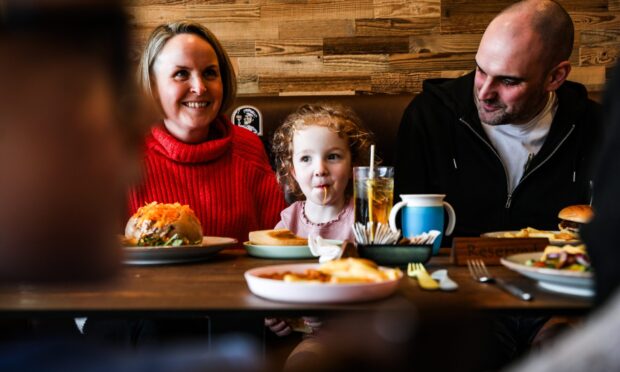
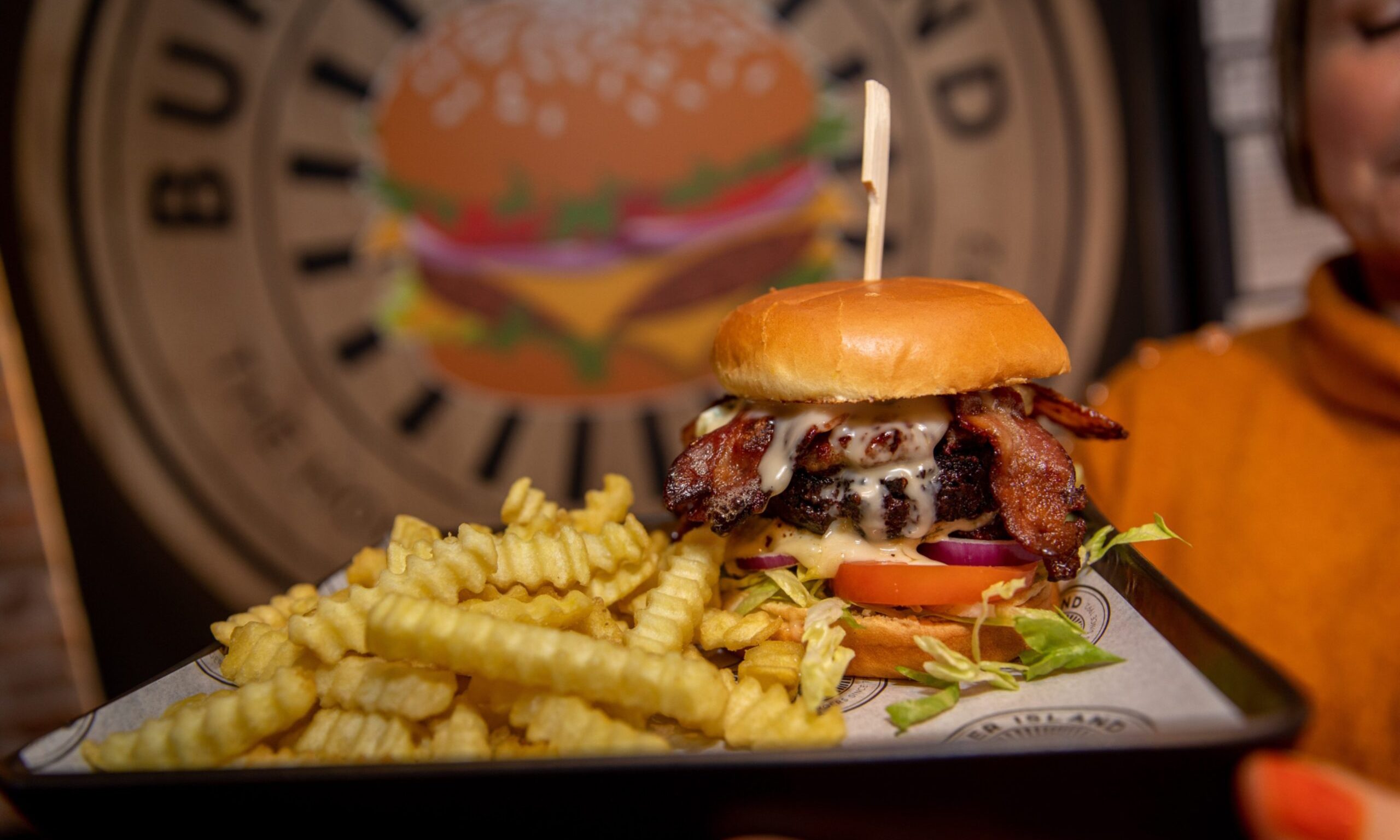
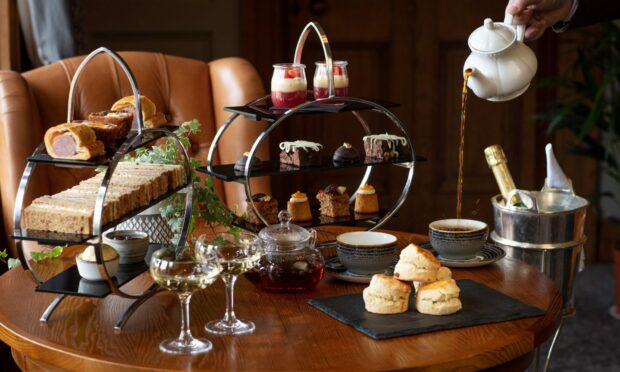
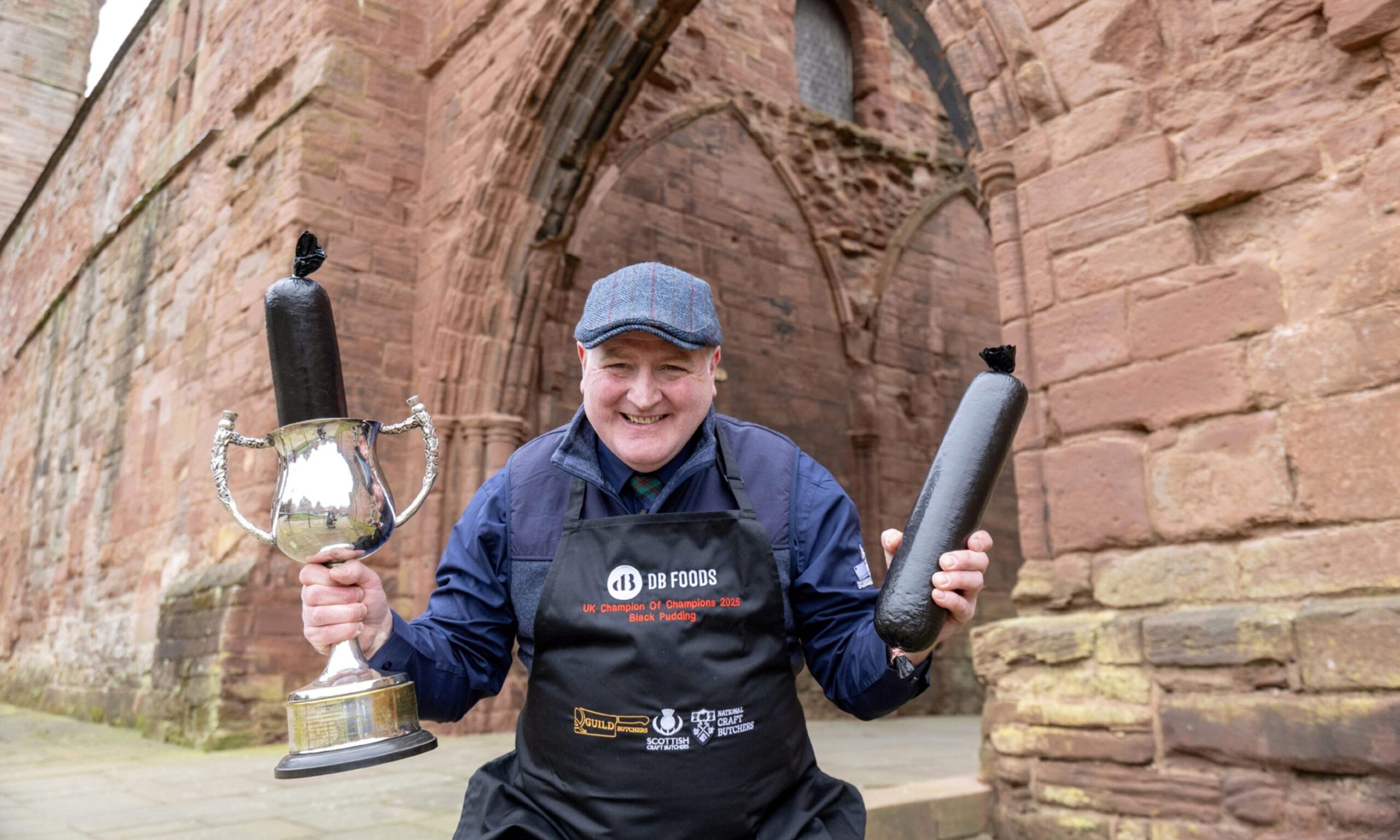
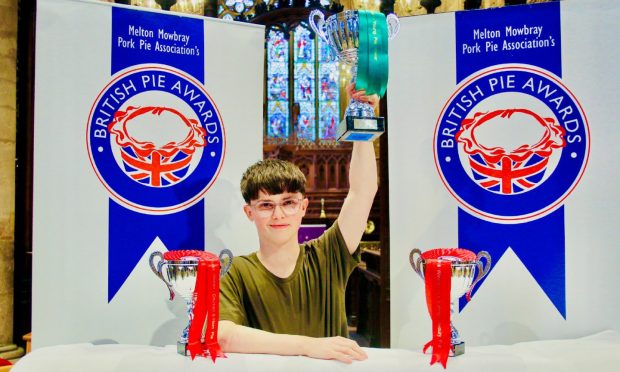
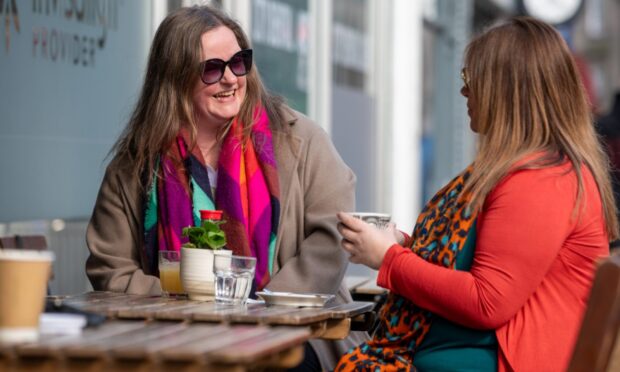
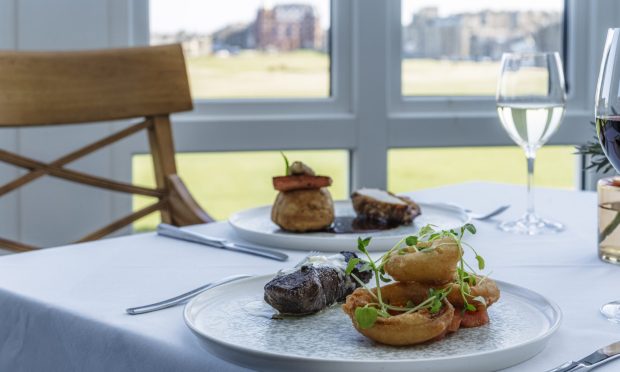
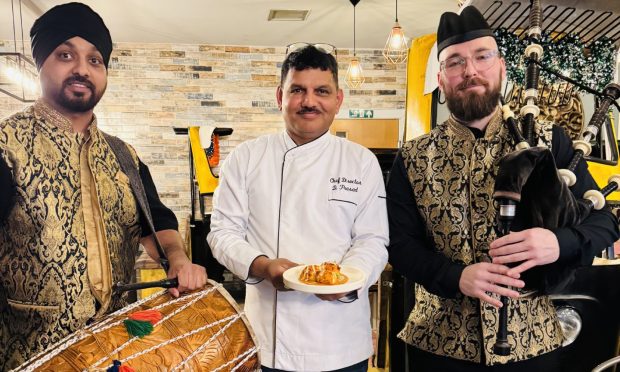
Conversation